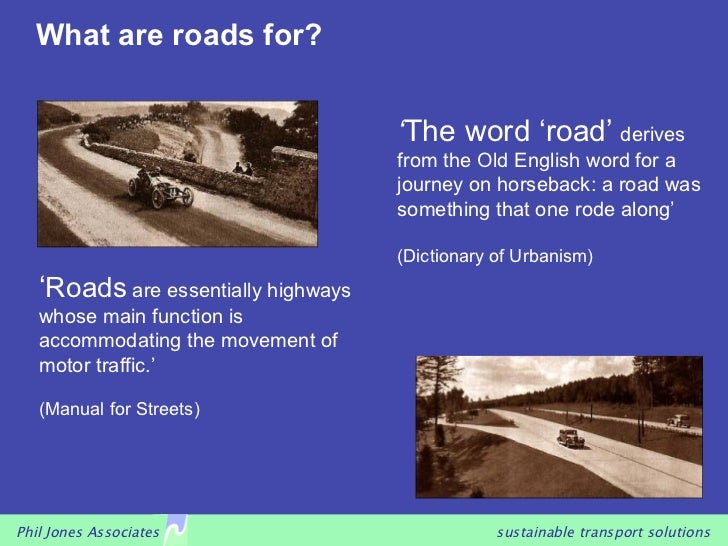Design Bulletin 32 Manual For Streets Department

Department ofthe Environment Department of Transport RESIDENTIAL ROADS AND FOOTPATHS Layout considerations Design Bulletin 32 Second Edition April 1992.
Manual for Streets In 2007 the Department for Transport published Manual for Streets, which provided guidance on the design, construction and maintenance of residential streets based on a detailed appraisal of operational factors and the findings of current empirical research. Manual For Streets replaces Design Bulletin 32, first published in 1977, and its companion guide Places, Streets and Movement. Manual For Streets updates the link between planning policy and residential street design. Linux kernel serial. It refocuses on the place function of residential streets, giving clear guidance on how to achieve well-designed streets and spaces that serve the community in a range of ways. For the purpose of Manual for Streets, a street is defined as a highway that has important public realm functions beyond the movement of traffic. Most highways in built-up areas can be considered as streets.

Manual For Streets
Manual for Streets is directed at all those involved with (but not exclusive to) the planning, design, approval or adoption of new residential streets, and modification of existing residential streets. The aims of Manual For Streets include:-. Bring about a transformation in the quality of streets;. Better designed streets contribute significantly to the quality of the built environment and play a key role in the creation of sustainable, inclusive, mixed communities consistent with the objectives of planning policy;.
Manual For Streets 2
Predominately used for the design, construction, adoption and maintenance of new residential streets, but it is also applicable to existing residential streets (subject to context);. Streets should not be designed just to accommodate the movement of motor vehicles. Designers are required to place high priority on meeting the requirements of pedestrians, cyclists and public transport users, so that growth in these modes of travel is encouraged.
Comments are closed.